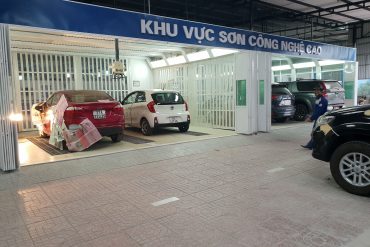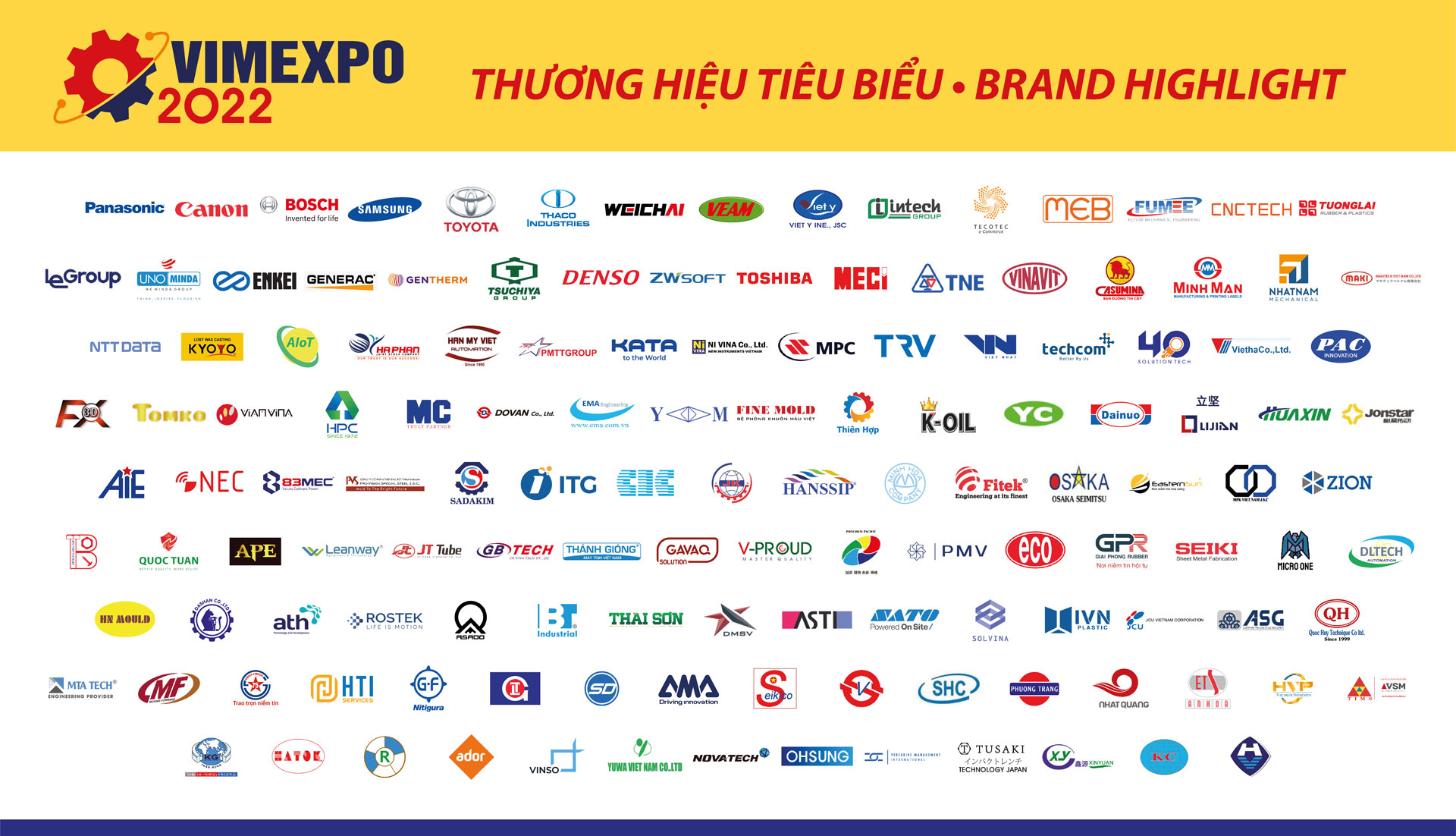According to many experts, Vietnam has a great potential to develop supporting industries, especially those with export potential as well as a foothold when the living standards of the people increase. oil, processing of export agricultural products, marine economy, information technology, automobiles …
Supporting industry for automobile industry
The automobile assembly and manufacturing industry is expected with many preferential policies for development, but so far the localization rate is still very low, only about 10% for cars, due to the low market capacity, it is not attract parts manufacturing enterprises to join the supply chain.

Engine and Agricultural Machinery Corporation (VEAM), with the participation of the world’s leading automobile manufacturers, after nearly 2 decades of operation, until now, the localization rate has reached from 5-20 %. The number of suppliers is only an odd number compared to Thailand. Simple localized parts and components are tires, tires, wires, seats, pedals, accelerator pedals, brake pedals and radio antennas in the car. Most of the parts are imported, from the engine to the materials, other simple details such as canvas, leather, sponge, screws …
The automotive industry is planned and has great expectations by 2010 to achieve a high localization rate (40-60%), to be autonomous in technology, to meet the domestic market demand (60-80%), aiming at to export cars and spare parts.
However, most of the targets were not achieved, especially for cars and special-use vehicles (the current rate is less than 25%). The components and spare parts with high technical content such as engine, gearbox cannot be produced domestically. The main reason is because the automobile market has not been opened as expected, low output makes it difficult to invest in supporting industries.
Supporting industry for motorbike industry
Vietnam is a country with 90% of vehicles are motorcycles. Forecast for 2020 is about 33 million units. Therefore, the number of enterprises participating in the motorcycle manufacturing and assembly market is quite large, about 60 enterprises, including large corporations from Japan, Italy and Taiwan.
From having to import 100% from abroad, supporting industries in the field of manufacturing and assembling motorcycles of Vietnam were able to produce about 70% of all kinds of components and spare parts, contributing to the improvement of High localization rate of motorbike products made in Vietnam. However, the price of components and accessories produced domestically is high, the quality is not stable.
Emerging in the supporting industry industry is Manh Quang enterprise, specializing in manufacturing gears, discs, chains, spare parts of motorcycles of all kinds, accounting for nearly 20% of the market share of supplying products for manufacturing and assembling companies. assembling motorbikes throughout the territory of Vietnam, becoming a major partner specializing in providing motorcycle parts for big brands such as Honda, SYM, SuFat, Detech, Lifan …
Supporting industry for mechanical engineering
Recent statistics show that about 80% of Vietnam’s import turnover is for raw materials, equipment and machinery for domestic production.
In particular, the mechanical engineering industry – the backbone of a developed industry – has not had a positive change if not too lagging behind the general development of the world. The technology of creating embryos, heat treatment or metal processing of the mechanical engineering industry are all too outdated, the products made do not meet the quality requirements of the market.
Domestic mechanical manufacturing technology in general is still simple, outdated manufacturing technology, lagging about 2-3 generations compared to the region. Most equipment is universal, after many years of use, it is outdated in terms of technical features, poor accuracy, lack of spare parts, lack of regular maintenance attention, and lack of capital to invest in replacement and exchange. New, upgraded. Embryo production – a very important stage in the mechanical industry, production facilities mainly use sand casting technology, low casting quality, high inoculant ratio.
Mechanical Vietnam has no experience of high precision casting, not yet cast steel grades of high quality and durability. Technology to produce billets by plastic deformation method in hot state (rolled, forged) is also weak, failing to meet market requirements. The heat treatment and surface treatment of mechanical products are still weak, which adversely affects the quality of finished products.
Supporting industry in the field of machine manufacturing in Vietnam is having a huge gap in the “foundations”. Construction steel products are massively invested to meet a rapidly growing construction market. Meanwhile, the steel manufacturing industry has never been in Vietnam when the investment efficiency was not visible.
The oil and gas industry has encountered many difficulties in localization. The combination of localization still lacks the linkage among mechanical enterprises in the country, leading to the lack of timely and specific information for the supply of products.
Existing products of domestic enterprises are not suitable with the marine environment, flammable oil and gas, requiring high reliability and strict technical specifications according to the requirements of the inspection agency. international registry.
And to develop ancillary industry, it is necessary to have a roadmap and need to develop 4 important factors: human resources, technology, finance and distribution system.
It is necessary to create a complete legal framework to facilitate the service industry as well as businesses involved in supporting industries. It is necessary to have legal documents on technical qualifications, business registration, changes in customs, tax policies … It is necessary to develop a Law on the development of mechanical engineering, electronics industry … to make integrated, systematic and specific measures such as technical development, human resource training, financial support, position assurance, market exploitation, etc.
The Government should have financial incentives, infrastructure land, investment, human resources, and policies to encourage the establishment of industrial production enterprises to support and build specific funds for supporting industries, forming the focal point to carry out the State management to lead the linkage of supporting industry enterprises, adjudication of supply contract disputes, building and promulgating full databases. enough about supporting industries …
Human resources are vital for the development of any industry, so to develop ancillary industry, it is necessary to build a team of skilled engineers, capable of producing raw materials or research. technology to develop supporting industries. It is advisable to apply measures to encourage the training and learning of supporting industries such as giving reward and certification policies to individuals with good and high-skilled learning. This certificate will help workers, engineers get a raise or a position in the company.
Regarding capital, concessional loans can be used to build a financial fund to ensure the development of supporting industries of designated industries. The designation of sectors to be developed is a clear designation of priority areas for a specific, transparent budget. This transparency will also help businesses attract investment. It is necessary to attract foreign and domestic investment into this field; the links between localities and regions.
Increasing domestic demand is one of the most important to promote the development of supporting industries. However, to ensure the highest profitability as well as build a developed domestic market, it is necessary to pay attention to the distribution system. The distribution system can provide fully and easily the needs of components for businesses in need, which will contribute to the development of supporting industries.
Regarding technology, the Government’s role in this issue is an important factor./.
Dau Nghe (Department of General Administrative)



